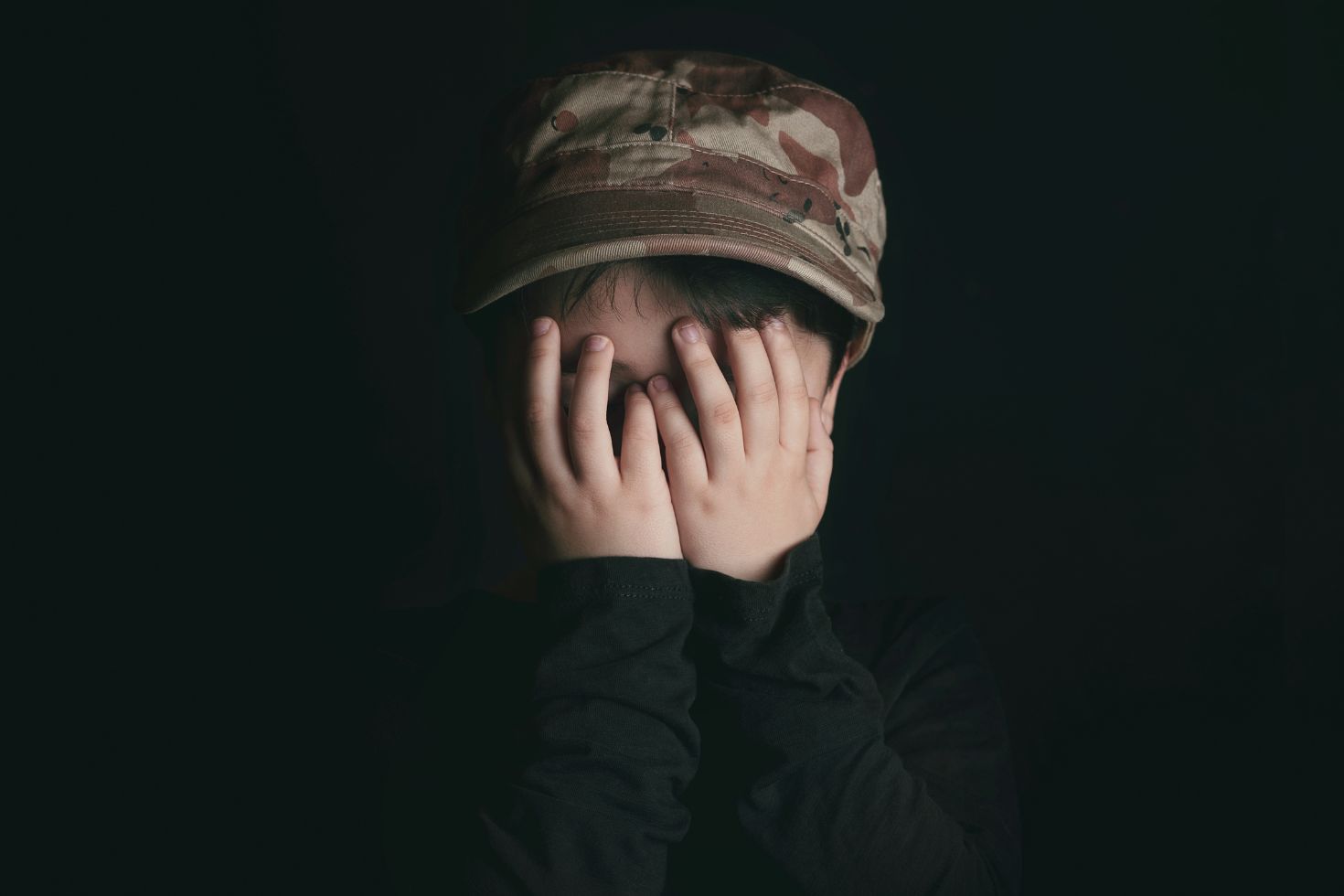Jack-o’-lanterns and trick-or-treating are what the world has associated Halloween with. It is always celebrated and spoken about in a very joyful right. And rightfully so because it is one of the major year-end events that almost everyone eagerly awaits. Halloween is all fun and games, undoubtedly.
However, this is not the case for people with Halloween phobias. Yes, Halloween can be a terrifying time period for people who have deep-rooted fears and anxiety disorders about it. Phobias are everyone’s worst nightmare. Irrespective of what makes you go numb with fear, phobias are very real and at the same time, bothersome.
A crippling fear
We have heard an uncountable number of people saying that they are either afraid of heights, enclosed spaces, spiders, or moths, and the list goes on. But this does not mean that these individuals have a normal amount of fear when encountering these stimuli; it goes above and beyond that and it can even lead to panic attacks. Science defines phobias as a type of anxiety disorder, although as common as the cold, is also very dangerous.
Phobias go beyond ordinary fears, manifesting when an individual harbours an exaggerated or unrealistic perception of danger regarding a particular situation or object. In severe cases, phobias can lead a person to reorganise their life to avoid the source of anxiety. This avoidance not only limits their daily activities but also induces significant distress. Symptoms of a phobia may not manifest until an individual encounters the source of their fear. However, in some instances, merely thinking about the phobia-inducing stimulus can evoke feelings of anxiety or panic, known as anticipatory anxiety. These symptoms may include unsteadiness, dizziness, nausea, sweating, increased heart rate, shortness of breath, trembling or shaking, and an upset stomach. If the phobia-triggering situation is infrequent, it might not significantly impact one’s daily life. While most phobias that people have are in relation to animals, for individuals with complex phobias like agoraphobia(fear of crowded spaces), leading a normal life can become exceptionally challenging.
The reason fears such as agoraphobia can complicate things is that it can lead individuals to steer clear of specific environments such as bridges, crowded streets, or busy stores. In severe cases, individuals with agoraphobia may become so incapacitated that they refuse to leave their homes. If they do venture out, it is often with significant distress and usually accompanied by a friend or family member.

According to an article posted by the Los Angeles County Department of Mental Health, agoraphobia is more prevalent among women, with about two-thirds of those affected being female. Symptoms typically emerge between late adolescence and the mid-30s, and the onset can be sudden or gradual.
Many individuals with agoraphobia develop the condition after experiencing one or more spontaneous panic attacks. These attacks involve intense, overwhelming feelings of terror accompanied by symptoms like sweating, shortness of breath, or faintness. Since these panic attacks occur seemingly without warning, individuals cannot predict the triggering situations. The unpredictability of these attacks leads individuals to anticipate future occurrences, instilling a fear of any situation where a panic attack may happen. Consequently, they tend to avoid places or situations where previous panic attacks occurred.
What leads to phobias?
This question goes largely unanswered. However, attempts have been made to formulate a response that might at least partially clarify why we have phobias. Mayo Clinic says that most phobias are caused by unpleasant experiences or panic attacks associated with a particular object or situation. Sometimes, merely hearing or learning about such experiences can be sufficient to trigger a phobia.
The development of phobias may be influenced by genetics or learned behaviour. There could be a connection between an individual’s specific phobia and the phobias or anxieties observed in their parents. This association may be attributed to a combination of genetic factors and behaviours that have been acquired rather than those that are innate.
Brain function and structure play a role in specific phobias, as individuals with these phobias exhibit specific responses in certain parts of the brain. In contrast, those without such phobias do not demonstrate the same brain response. Additionally, individuals with specific phobias may have a distinct brain structure compared to those without specific phobias.
Phobias are often treated lightly because they are viewed as irrational fears that have no justifiable reason. Humans often need to find out why people react the way they do. When left without logical answers, they tend to believe less in that particular subject. Although some phobias may be graded as downright silly by others, it is no laughing matter. Phobias can adversely affect many aspects of an individual’s life. It is scientifically proven that once phobias reach an uncontrollable stage, they could result in social isolation, mood disorders, substance misuse, and at times even suicide. People with phobias are constantly battling to overcome it, but it is not that easy. Therefore, it is important to create an atmosphere in which their fears would not be belittled.
(Sandunlekha Ekanayake)
